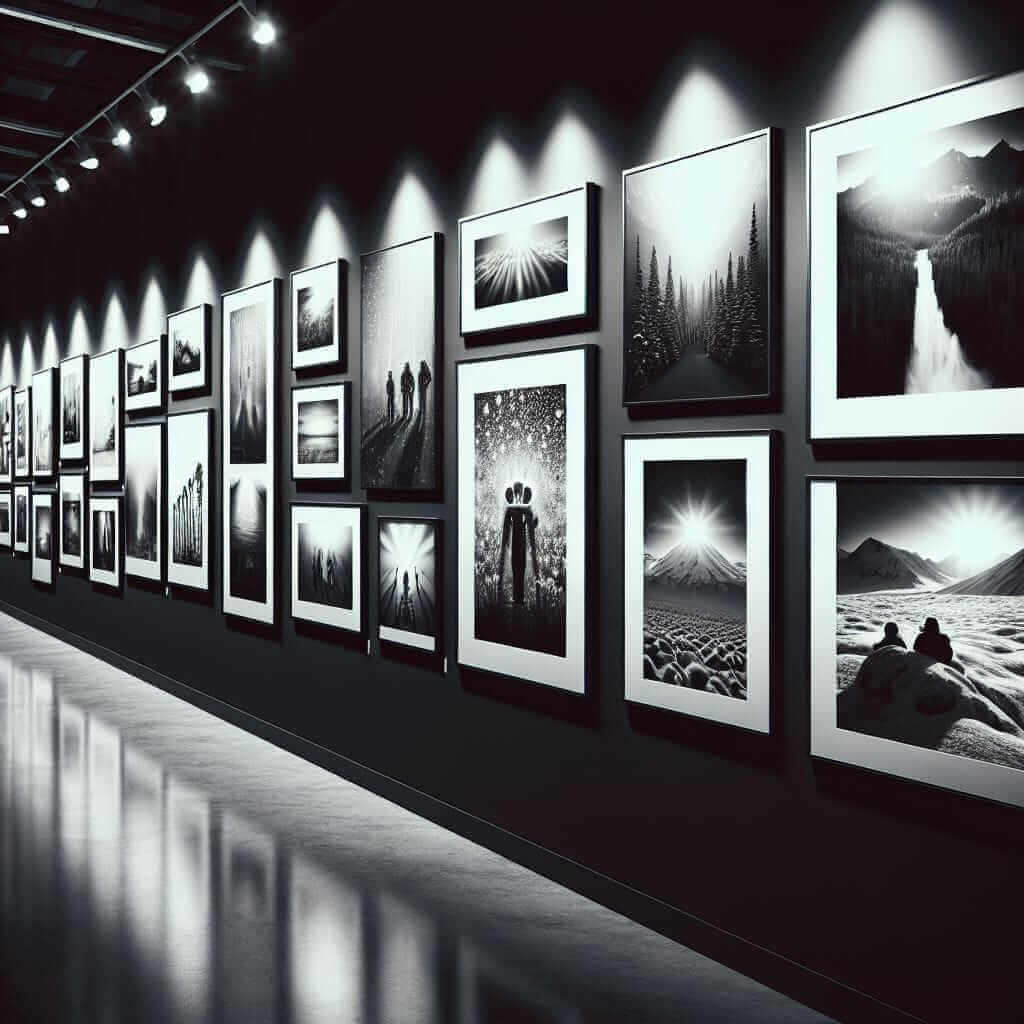The IELTS Speaking test is designed to assess your ability to communicate effectively in English. You will be tested on your fluency and coherence, lexical resource, grammatical range and accuracy, and pronunciation. While there are no right or wrong answers, being able to express your preferences clearly and confidently can help you achieve a higher band score.
One common question that often arises in the IELTS Speaking test is “What is your favorite type of art?”. This seemingly simple question can throw some test-takers off, especially if they haven’t considered their artistic preferences before.
In this article, we will guide you through how to answer this question confidently and thoroughly, ensuring you leave a positive impression on the examiner.
Understanding the Question
Before we delve into how to answer this question, let’s break it down and understand what the examiner is really looking for.
- “What”: This word indicates that the examiner expects you to specify a particular type of art.
- “Your favorite”: This implies that a personal response is required, demonstrating your individual preferences.
- “Type of art”: This encourages you to think broadly about various art forms, not just traditional painting or sculpture.
Brainstorming Ideas
If you draw a blank when you hear this question, don’t panic! Here are a few broad categories of art to get your creative juices flowing:
- Visual Arts: Painting, drawing, sculpture, photography, film, digital art, architecture
- Performing Arts: Music, dance, theatre, opera
- Literary Arts: Poetry, prose, drama
- Decorative Arts: Ceramics, textiles, jewelry
Crafting Your Response
When answering the “favorite art” question, it’s important to provide a well-structured and detailed response. Here’s a simple structure to follow:
- State your favorite type of art: Be specific. Don’t just say “music” – specify what kind, like classical, jazz, or rock.
- Explain why: Provide reasons for your preference. What do you enjoy about this art form? What makes it special for you?
- Give an example: Illustrate your point with a specific example. This could be a favorite artist, a piece of art that moved you, or a memorable experience related to this art form.
Here are some example responses using this structure:
Example 1:
“My favorite type of art is photography. I find it fascinating how a single photograph can capture a fleeting moment in time and evoke so many emotions. I’m particularly drawn to black and white photography, as I appreciate the way it emphasizes light, shadow, and composition. One photographer whose work I admire is Ansel Adams. His stunning landscapes showcasing the beauty of the American West are truly inspiring.”
Example 2:
“I’m particularly fond of classical music, especially the works of Mozart. The intricate melodies, the complex harmonies, and the emotional depth of his compositions never fail to move me. I remember attending a live performance of his Requiem a few years ago, and it was a profoundly moving experience. The music seemed to wash over me, leaving me feeling both exhilarated and deeply touched.”

Vocabulary Enhancement
Using a variety of vocabulary related to art and your emotions can help you achieve a higher band score. Here are some words and phrases to consider:
- To describe your preference: Adore, captivated by, fascinated by, fond of, drawn to, have a passion for, appreciate
- To express your emotions: Moved, inspired, exhilarated, captivated, mesmerized, awestruck, thought-provoking, calming, soothing
- To describe the art: Evocative, striking, powerful, compelling, intricate, detailed, vibrant, expressive, subtle, nuanced
Common Mistakes to Avoid
- Giving a generic answer: Avoid one-word answers or simply stating a preference without elaboration.
- Lack of coherence: Ensure your response flows logically. Use connecting words and phrases to link your ideas.
- Memorized answers: Avoid sounding robotic by preparing natural-sounding responses.
- Using overly complex language: While it’s good to showcase your vocabulary, prioritize clarity and naturalness.
Practice Makes Perfect
The key to acing the IELTS Speaking test is practice. Here are some ways to practice answering the “favorite art” question:
- Record yourself: Speak aloud as if you were answering the question in the actual test. This will help you identify areas for improvement in your fluency, pronunciation, and vocabulary.
- Practice with a partner: Role-playing the interview with a friend or tutor can provide valuable feedback and help you feel more comfortable.
- Familiarize yourself with different art forms: Explore different types of art to broaden your understanding and find new favorites to discuss.
Conclusion
Remember, there’s no single “correct” answer to the “What is your favorite type of art?” question in the IELTS Speaking test. The key is to express your personal preference confidently, using a range of vocabulary and providing specific examples to support your answer. By following the tips and practicing regularly, you’ll be well-prepared to impress the examiner and achieve your desired band score.
We encourage you to leave a comment below sharing your favorite type of art and why! And if you found this article helpful, please share it with others who might benefit from it. Happy practicing!